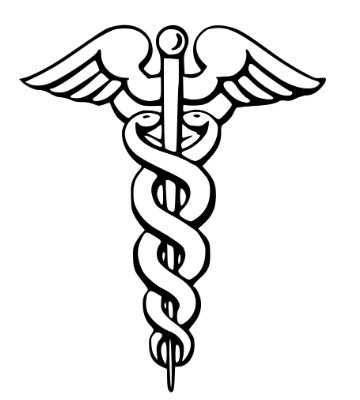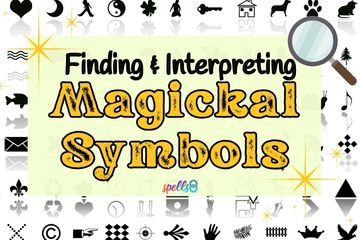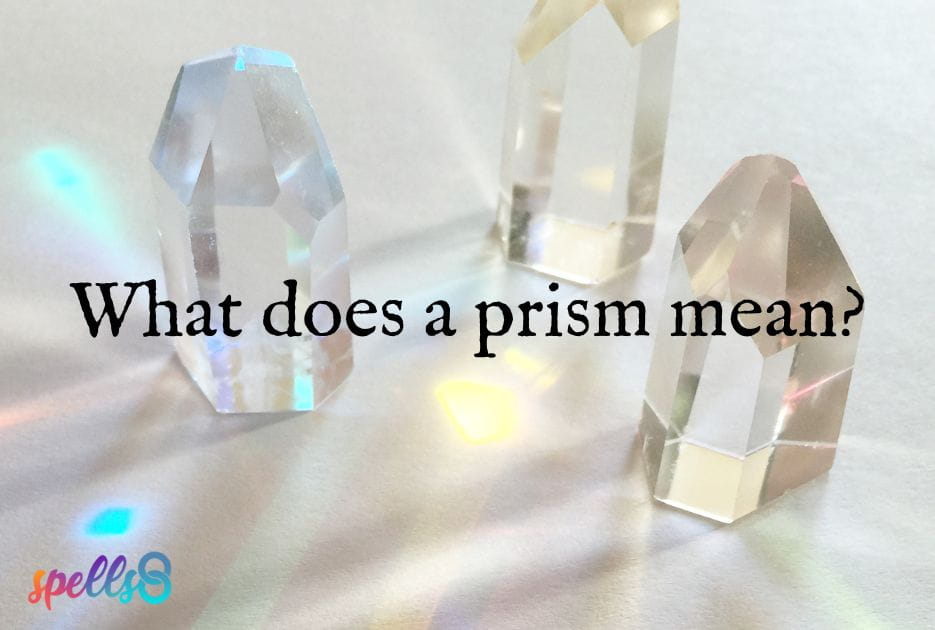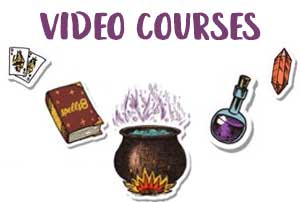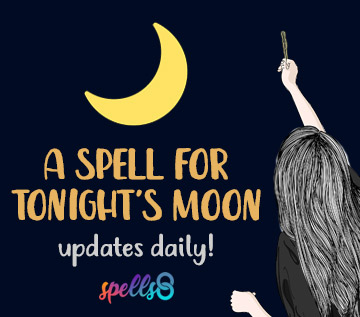In the world of occult practices and beliefs, there are many symbols that hold deep meaning to those who use them. From symbols for protection to deity-inspired sigils, understanding symbols can be key to understanding different practices.
Symbols Have Power
Before we go over the symbols, let’s talk about the power that symbols have! In occult practice, symbols are often used as sympathetic magick or representations of concepts and practices. Each symbol has a meaning that ties it to certain practices, deities, or types of magick.
Symbols also hold power because they go beyond language, sharing ideas, concepts, and energy directly to the subconscious mind. By using certain symbols repeatedly, they become imbued with meaning, significance, and energy. This in turn makes them powerful tools in the occultist’s practice as it allows for the evocation of memory, emotion, and spiritual meaning. Whether used in religious rituals or magickal practices, symbols can shape and influence the world around us, and there is likely a symbol for any purpose you can imagine!
Ten Common Occult Symbols
If you are new to the world of occult practices, these symbols may be foreign to you. Hopefully, after reading this post, you will understand more about the symbols and the practices they are connected to.
The Pentacle or Pentagram
The five-pointed star is usually recognized as a symbol of witchcraft or the Wiccan religion. It is commonly associated with protection with each point representing one of the five elements in Western occult practice – Earth, Air, Fire, Water, and Spirit. The Pentacle is also used to invoke the elements or banish energy, both using different rituals.
See also: Celtic Pentacle: Spiritual Meaning, Symbolism & Power
Eye of Providence
This symbol is also known as the All-Seeing Eye or the Eye of God. It is a symbol of an eye enclosed in a triangle, often surrounded by rays of light. It represents divine providence, omniscience, and the watchful gaze of a higher power. The Eye of Providence is often associated with the Freemasons due to a publication in the 1700s titled The Freemason’s Monitor. In this publication, the Eye of Providence was used as a reminder that humanity is always under the watchful eye of God.
The Ankh
Also known as the Key of Life, the Ankh is an ancient Egyptian hieroglyphic symbol used to represent the word for “life”. In this way, it is also a symbol of life itself. The symbol is associated with life, immortality, and divine protection. In Ancient Egypt, the belief was that life was a force surrounding the world. Mankind and all living beings were thought to be fundamentally tied to the creation force of life. Since it was the duty of the Gods of Egypt to govern the natural cycles of life and death, they are often depicted holding an Ankh in their hands, a symbolic gesture of the life-giving qualities of the Egyptian Gods.
See also: Egyptian Deities Devotionals
The Ouroboros
A popular symbol in mythology around the world, the Ouroboros is depicted as a serpent eating its own tail. It is a symbol of the infinite possibilities of life, unity, and the cycle of life and death. In Norse Mythology, the Ouroboros is represented in Jörmungandr, the World Serpent who encircles all of Midgard. Despite the macabre idea of a snake consuming itself, the Ouroboros is a powerful symbol and representation of the cyclical nature of life.
The Triple Moon
One of the more well-known symbols of Wiccan and Neo-Wiccan belief, the Triple Moon is a symbol of the Divine Feminine and Goddess in Wicca. This symbol depicts a very simple representation of three moon phases – waxing, full, and waning. These three moon phases represent the different stages of the Goddess as Maiden, Mother, and Crone. It is a symbol used to connect with the Divine Feminine in all of her aspects.
See also: The Goddess’ Temple: Myths & Symbols of the Divine Feminine in History
A Triskelion
From Celtic Mythology, we get the triskelion. This is a triple spiral design often used to represent various triads of life. This can include life, death, and rebirth as well as the three realms of Celtic cosmology of land, sea, and sky. The Triskelion dates back to the European Neolithic and Bronze Age and is found in many different countries. The oldest triskelion found to date is that of a carving in Newgrange, a passage tomb in County Meath in Ireland, dating back more than 5,000 years!
See also: Triskelion – Celtic Symbol of Threes
The Tree of Life
This is a symbolic depiction of the interconnectedness of all life and existence. It usually consists of 10 nodes which symbolize different archetypes and 22 lines connecting the nodes. The nodes are often arranged into three columns to represent that they belong to a common category. It is also often represented as a tree with various branches, each corresponding to different aspects of reality in mystical traditions like Kabbalah.
Unicursal Hexagram
The Unicursal Hexagram is a symbol in Thelema, a religious belief system created by Aleister Crowley. It is a symbol with six points that can be drawn in a single line. It is often depicted with a five-petaled flower in the middle, a symbol of the pentagram. In Thelema, the Unicursal Hexagram is meant to represent the macrocosm of heavenly forces that play a role in the life of humans.
See also: ☕ Crowley’s Coffee Consecration Prayer
Eye of Horus
In Ancient Egyptian Religion, the Eye of Horus is a symbol connected to the conflict between the Gods Horus and Set. In this story, the God Set destroyed one of Horus’s eyes. The eye was healed and then given back to Horus who, in turn, gave it to his deceased father Osiris where the eye of Horus sustained him in the afterlife. In this way, the Eye of Horus is connected with healing, protection, and funeral offerings.
See also: Horus, the Egyptian God of the Sky
The Caduceus
The Caduceus is the staff carried by Hermes, the herald of the Greek Gods. The symbol itself is a staff surrounded by two serpents. It is associated with communication, messages, and commerce. It also has connections between negotiation and trade, both symbolized by the two serpents balancing on the rod, as trade in ancient times was a balancing act of negotiation! This symbol is often mistaken for another similar symbol in Greek mythology – the Rod of Asclepius.
More Symbols
Are you ready to learn more about symbols in magickal practice? Check out the posts below for more symbols and how to use them in your spells and rituals.
Finding & Interpreting Magickal Symbols
Over in the forum, Bry Wisteria explains how to find and work with symbols in divination. She writes: “One type of inquiry we get quite often here in the forum is about reading symbolism as a form of divination. Reading symbols, finding their meanings, and applying those meanings back to your question can be tricky, especially for beginner witches.“
10 Magickal Symbols for Spells and Their Meanings
We are surrounded by symbols in our waking life and we don’t even realize it. You have probably seen at least five symbols today! Symbols are used for logos such as the Spells8 logo, as ways to minimize speech such as the play button on a remote, and as a way to hold space for words. Symbols are used in witchcraft, too, and their meanings and uses vary just as much from one witch to the next.
Prism Spiritual Meaning: What Does a Prism Symbolize?
A prism is a triangular and transparent crystal-like object with six sides and six angles. It refracts or bends light and is most often pyramid-shaped. The remarkable thing about prisms is that they’re manufactured crystals that separate visible or white light into the seven hues of the rainbow. Usually, they’re made from glass, plastic, or fluorite.











